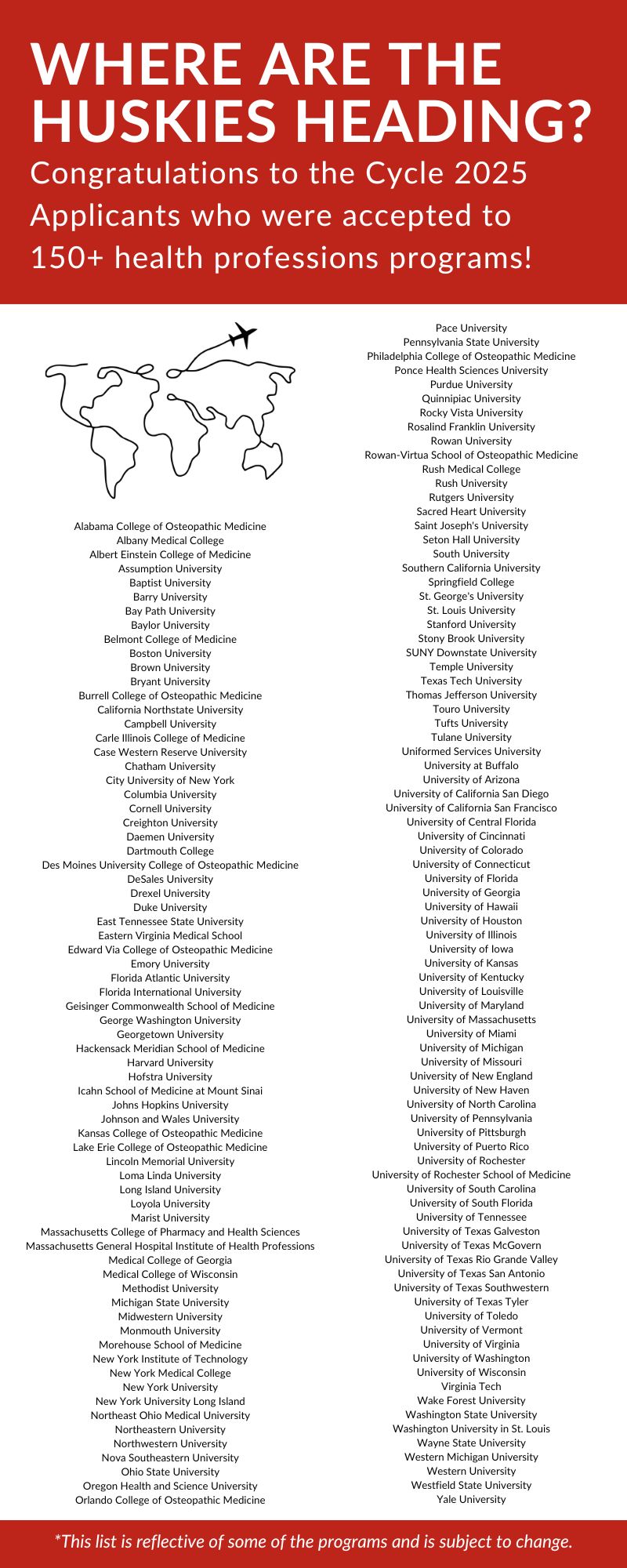Choosing Schools
Selecting a program can be one of the biggest decisions you make in the application process! Matching who you are with the schools you apply to is critical for applicant success. As you prepare to research which programs to apply to, consider some of the following selection factors:
Academics
Most likely, you will not be able to create a final program list until you have received your entrance exam score and understand where you fall against each program’s admissions data. If data is available on highest and lowest GPA/exam score per school, use this data to understand if you are a realistic applicant. Depending on your entrance exam scores and GPA, applicants should include schools they believe may be highly competitive, schools they believe are a great match, and schools for which they believe they are highly qualified, with a majority in the match range.
Value Alignment
Exploring a program’s website is essential for identifying the distinctive features that differentiate it from others. The mission statement offers insight into the program’s guiding principles and objectives, allowing you to evaluate how well they align with your own experiences, values, and beliefs. Additionally, consider whether the institution would be a good fit for you personally by reflecting on factors such as geographic location, dedication to diversifying healthcare, religious affiliation, and more.
Student Opportunities
Outside of the academic nature of each school, you will find specific clinical, service, and research opportunities that are unique. Are you able to find transparency regarding research funding? Is there flexibility for you to create your own projects? What kinds of patients do the school’s students typically work with? Are there opportunities to give back to the local community? Keep these questions in mind as you create your final list. Medical schools will also publicly list their residency matches each year, giving you an understanding of what their graduates go on to do.
Public vs Private
When considering institutional acceptance rates, public vs private can play a large role. Public institutions typically reserve a certain number of seats for in-state applicants for a variety of reasons, including funding. Private institutions are not bound to the same expectations and are more accessible to out-of-state applicants. School status can also affect the cost of tuition, with private medical programs often costing more per year on average.
Additional Resources
For additional support in selecting programs, you may review the Choosing Your Schools Workshop.
We also recommend attending virtual and in-person admissions events ahead of application.
Resources for School Search & Selection
The PreMed and PreHealth Advising Program recommends applying to an appropriate number of programs (15-25 Medical, 8-10 Dental, 10-12 PA, 6-9 Podiatry, 6-9 Veterinary, 6-9 Optometry). This allows you to still apply to a broad range of schools but requires you to narrow choices to programs for which you are a good fit, which will ultimately lead to a higher chance of success.
For those who are re-applying, we advise including schools at which you have previously interviewed and/or were waitlisted as these institutions have demonstrated significant interest in considering your application for acceptance to their program(s).
Utilizing an online database enables you to browse, search, sort, and compare information about programs, and more. However, applicants are expected to additionally review the individual websites for each program they are considering.
Feel free to utilize our Schools-List-Builder-Template to help you stay organized!
- AAMC Medical School Admissions Requirements (MSAR)
- 1yr Subscription $28
- 2yr Subscription $36
- AAMC Participating Medical Schools and Deadlines
- School List Builder – Admit.org

